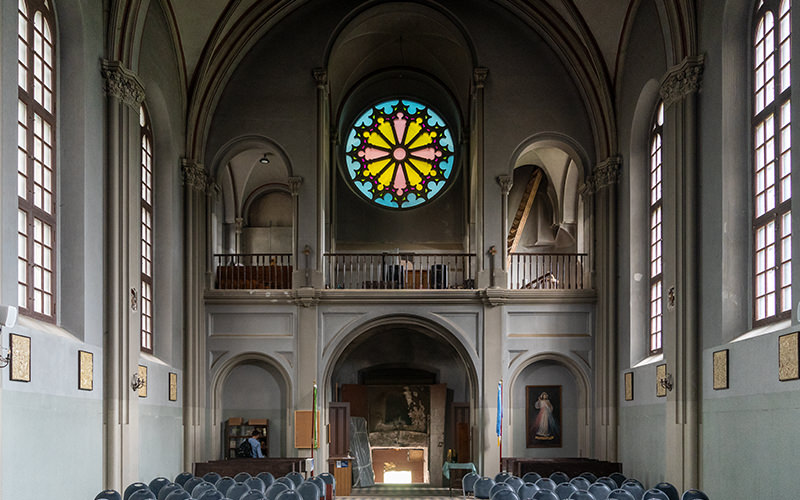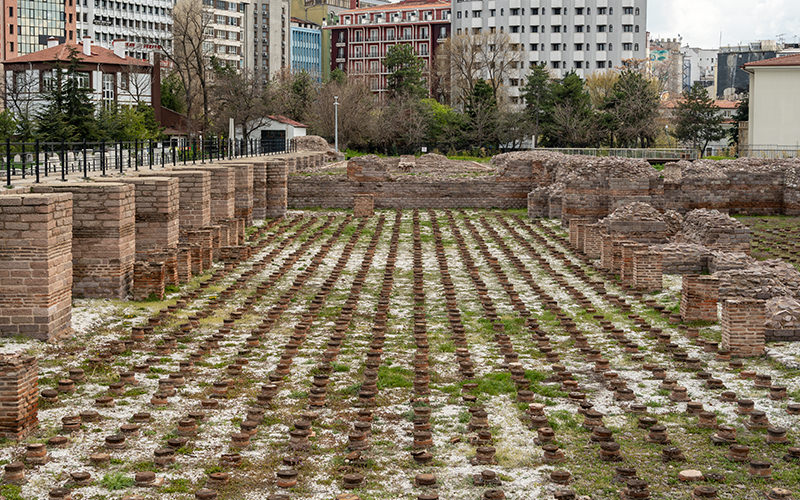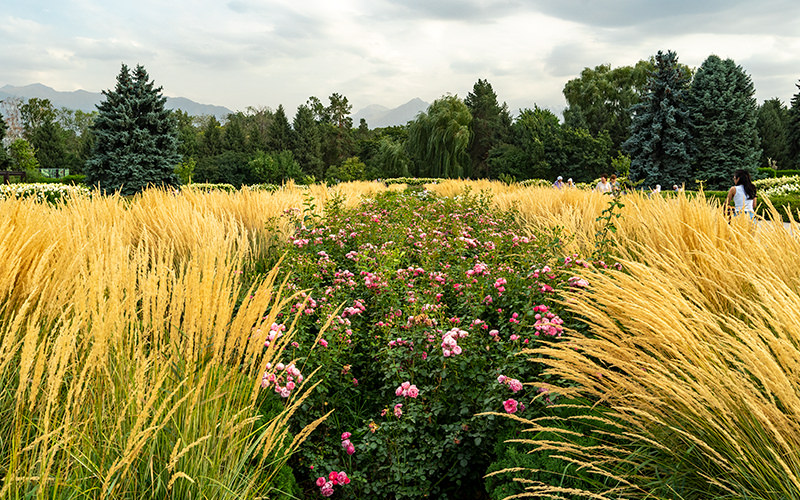In early September this year, the first contemporary art biennial “Recipes for Broken Hearts” launched in Bukhara, Uzbekistan. My friends were planning a trip to Bukhara during the event, so I decided to join them to see the unusual exhibition spaces with my own eyes and take some photos of the festival’s bright installations.
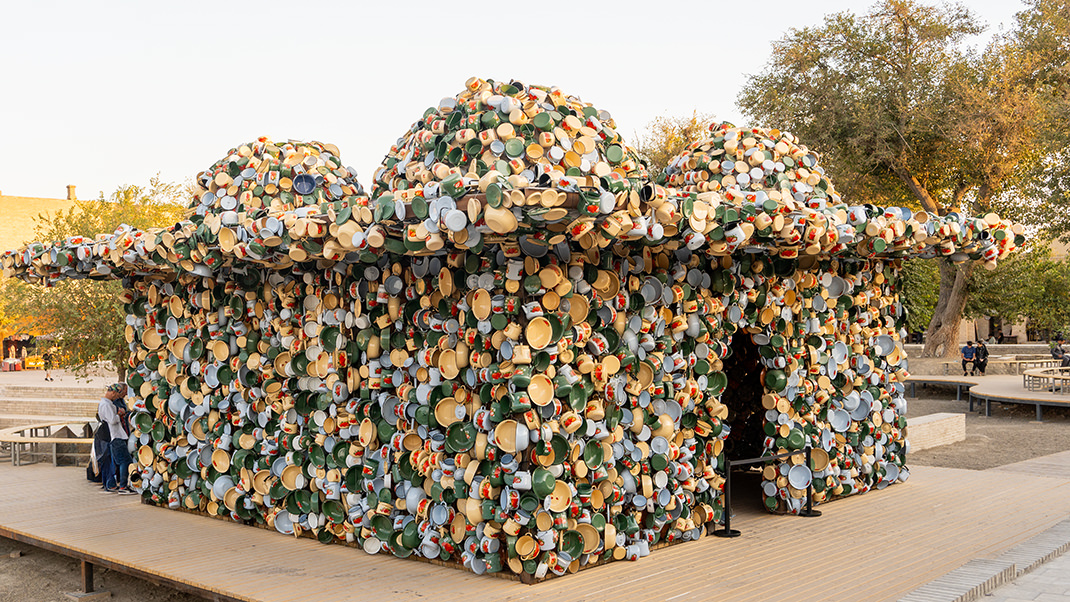
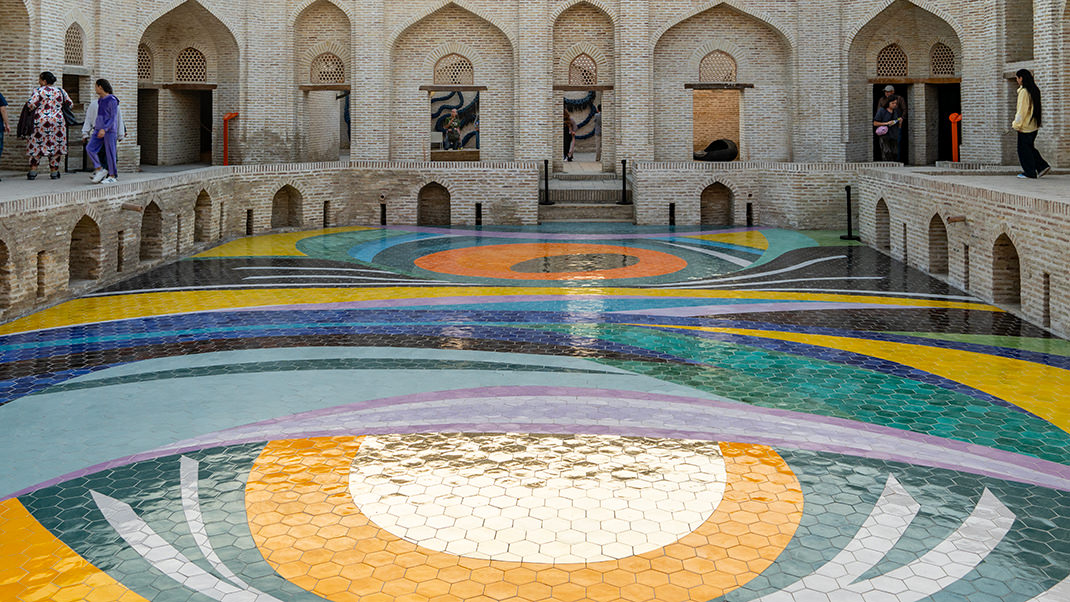
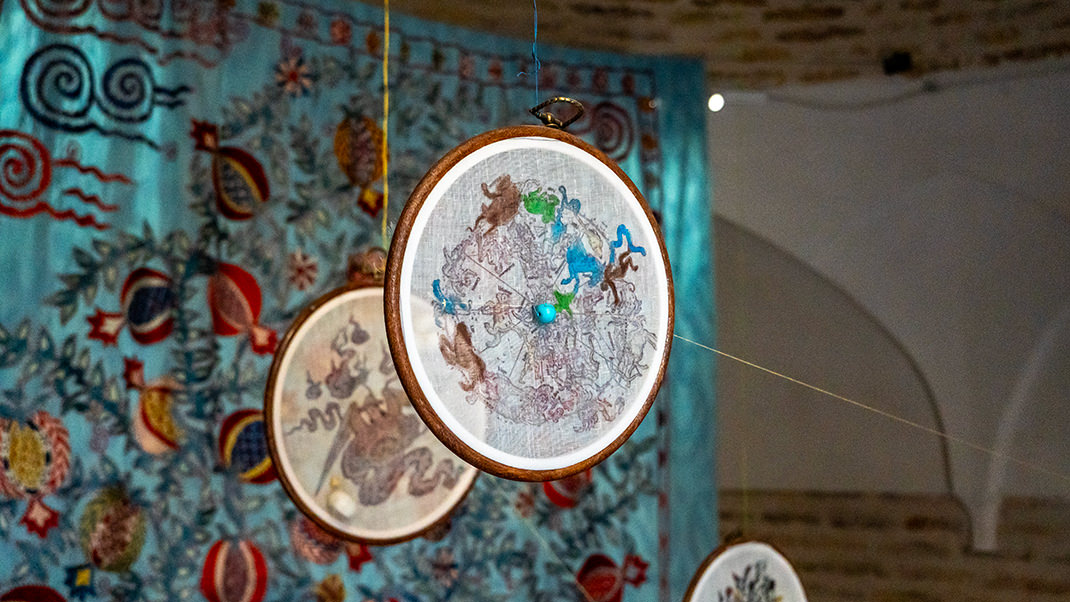
A Walk Through the Biennial Pavilions
The exhibition spaces are spread across several sites in Bukhara’s historic center: visitors can find unusual art objects in old caravanserais (inns for merchants), madrasahs, and mosques. Installations are often placed in buildings that aren’t popular with tourists; presumably, one aim of the event is to introduce guests to architectural monuments that are new to them. I’ve been to Bukhara twice myself, but I had never made it to these buildings.
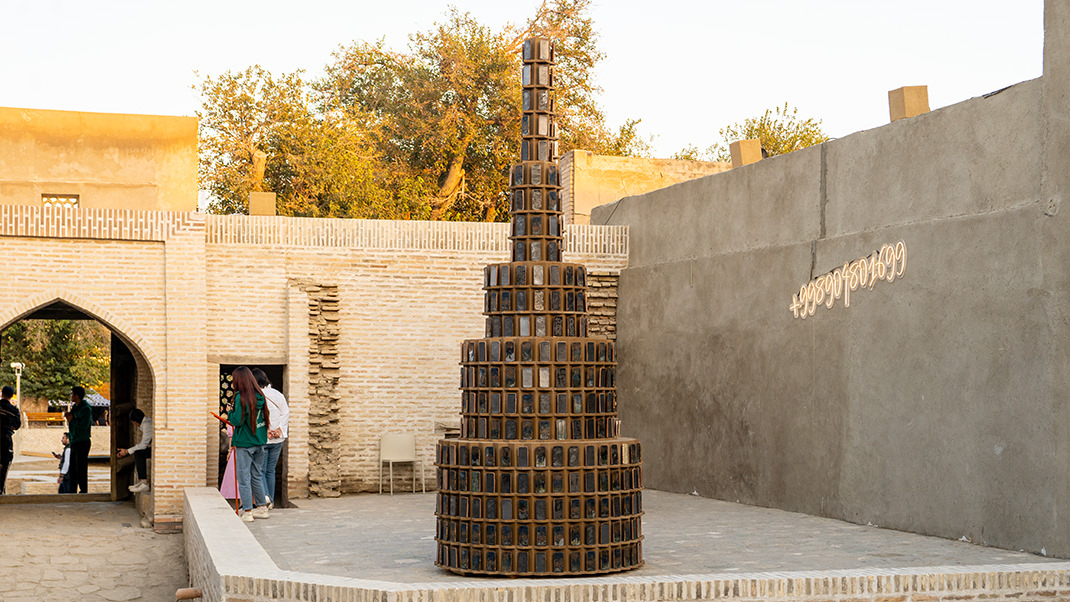
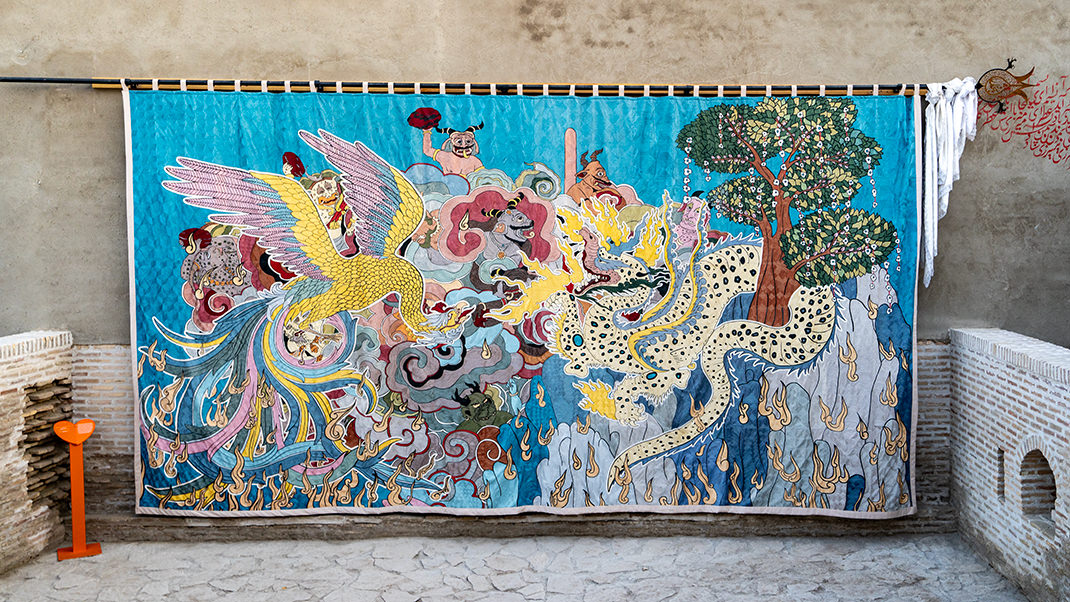
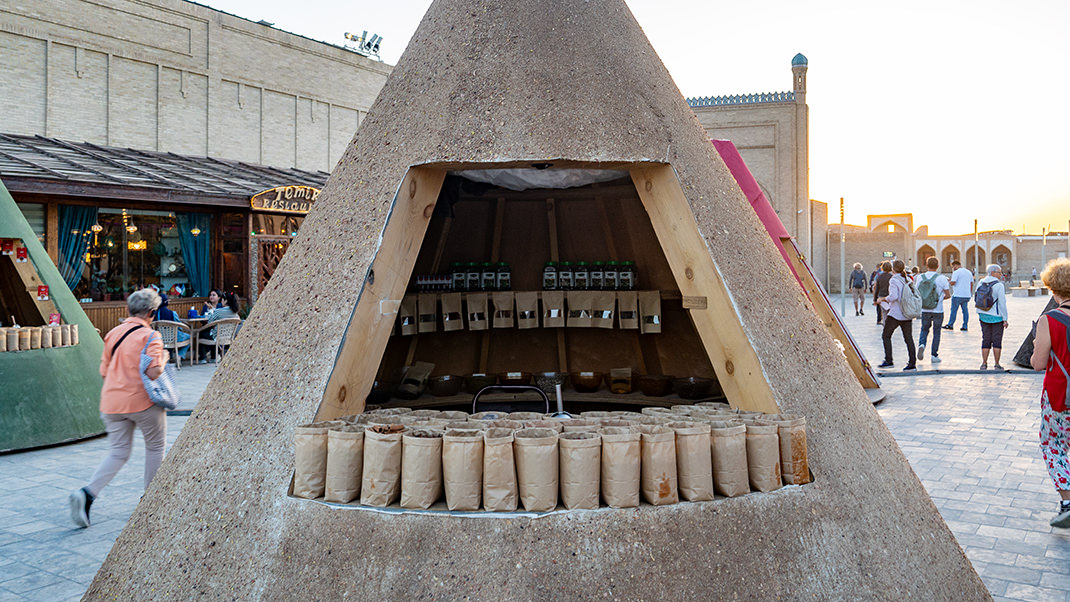
The event is titled “Recipes for Broken Hearts.” According to the organizers, the heart “connects the mind, soul and body, the material and spiritual worlds,” and the Bukhara biennial is intended to unite several forms of contemporary and traditional art.
More than 70 artists are participating in the biennial. The works are strikingly diverse: in some halls guests can see bright installations made of bags or textiles; in others—objects that look like alien artifacts or screens broadcasting stories about the city’s history. In some rooms, music plays or various sounds are reproduced.
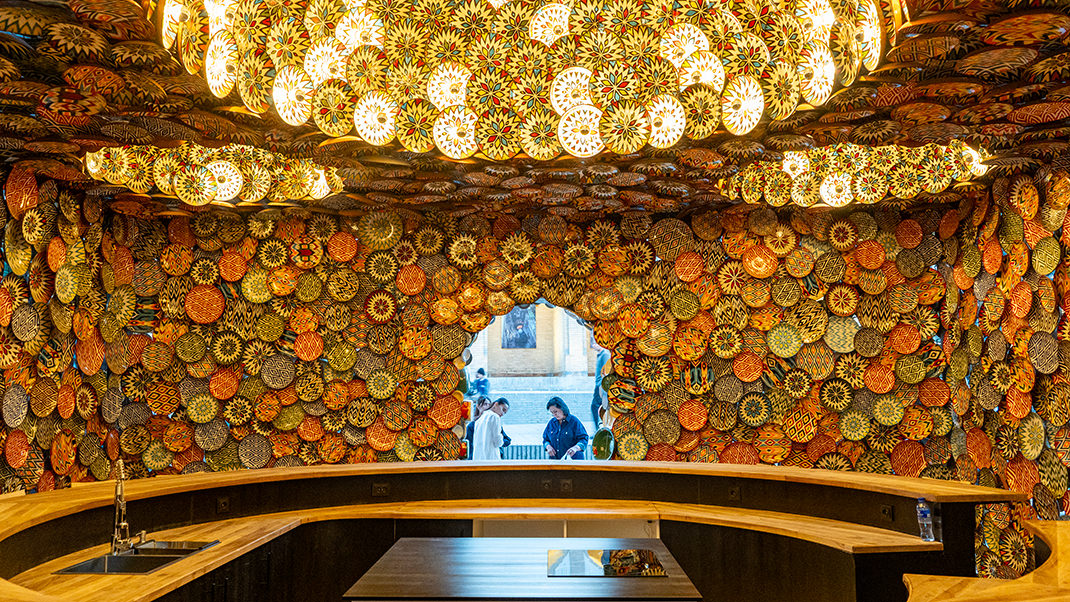
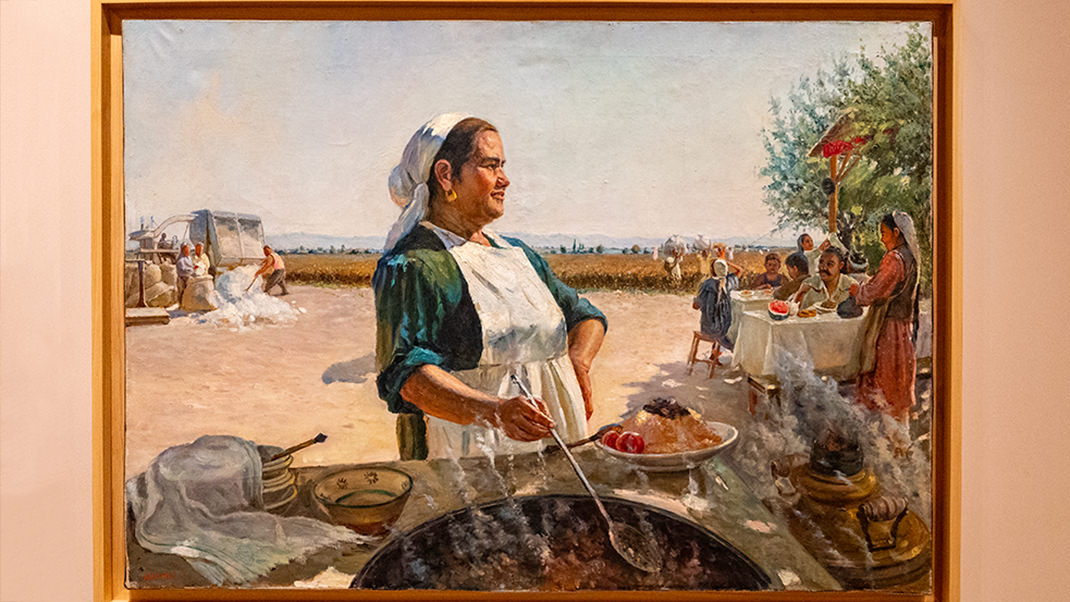
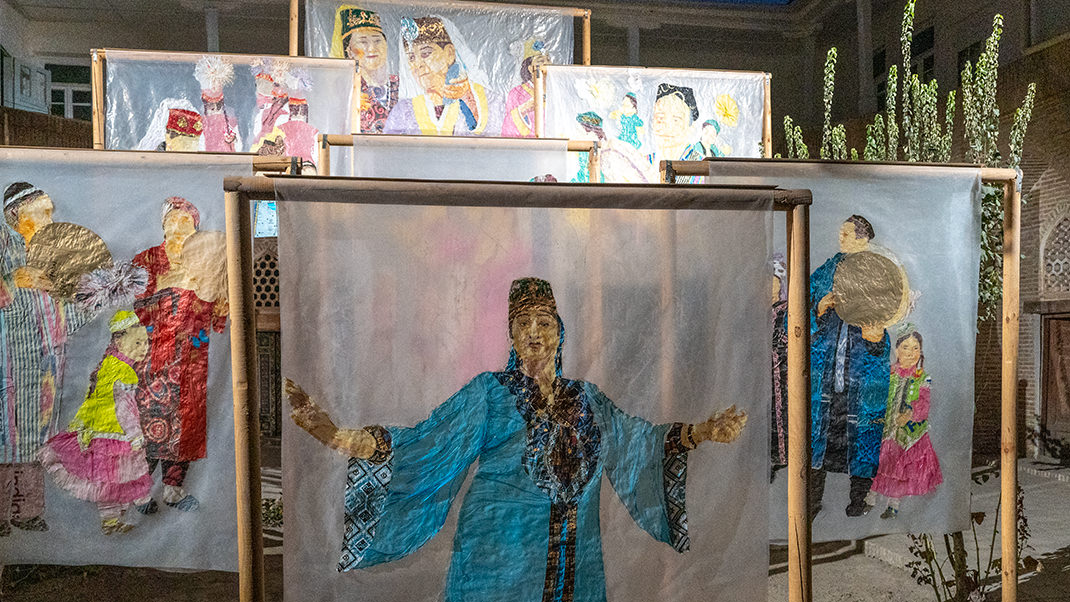
The Bukhara Museum of Fine Arts deserves special mention. Normally the entrance fee is 60,000 soms, but on the day of my visit admission was free. The museum halls are arranged by theme and devoted to food, architecture, and depictions of urban and natural landscapes.
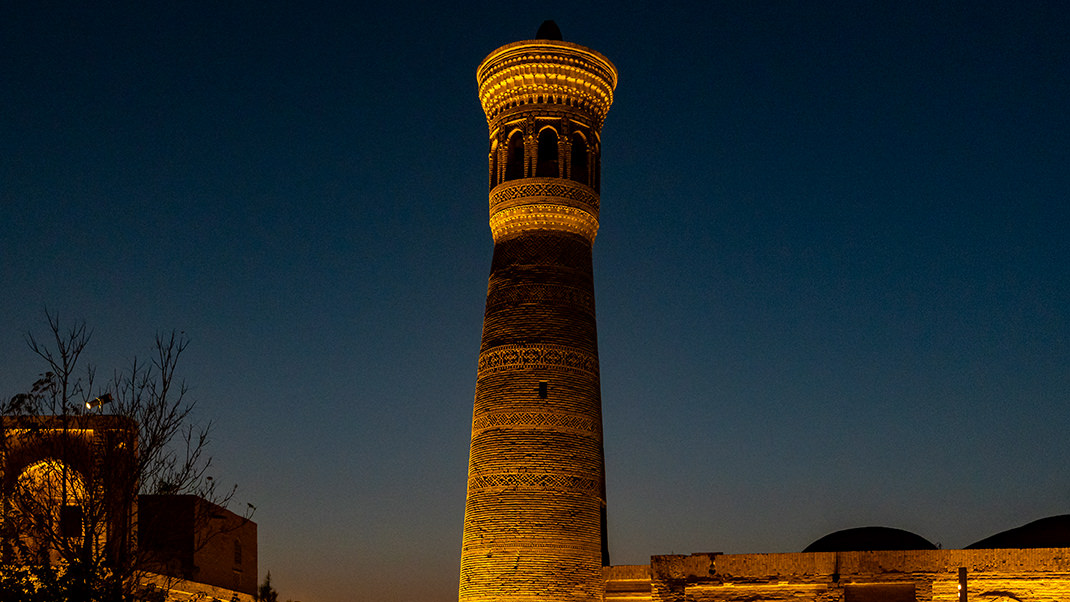
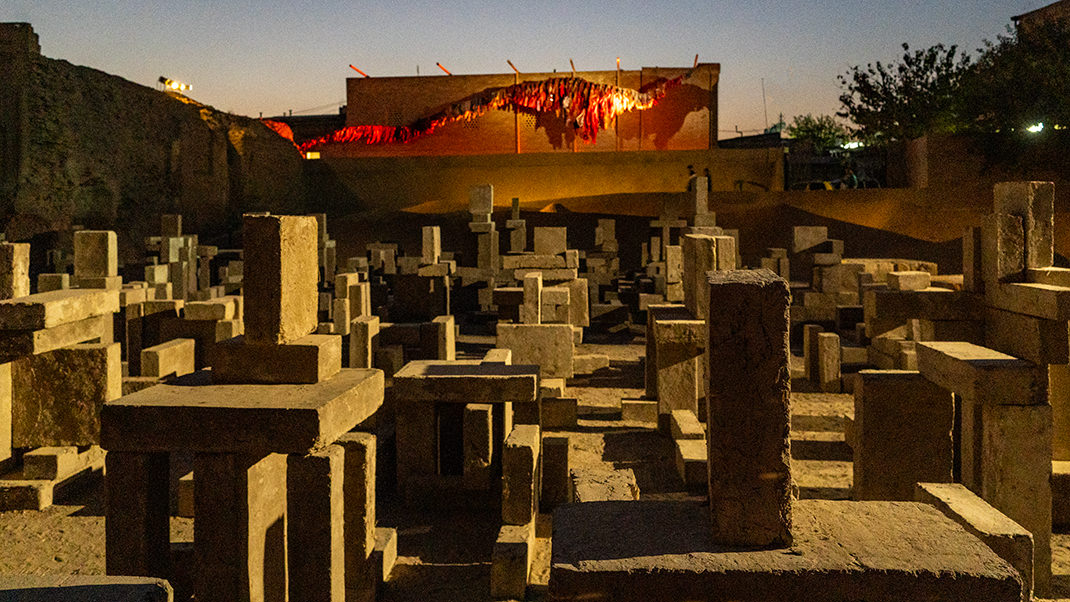
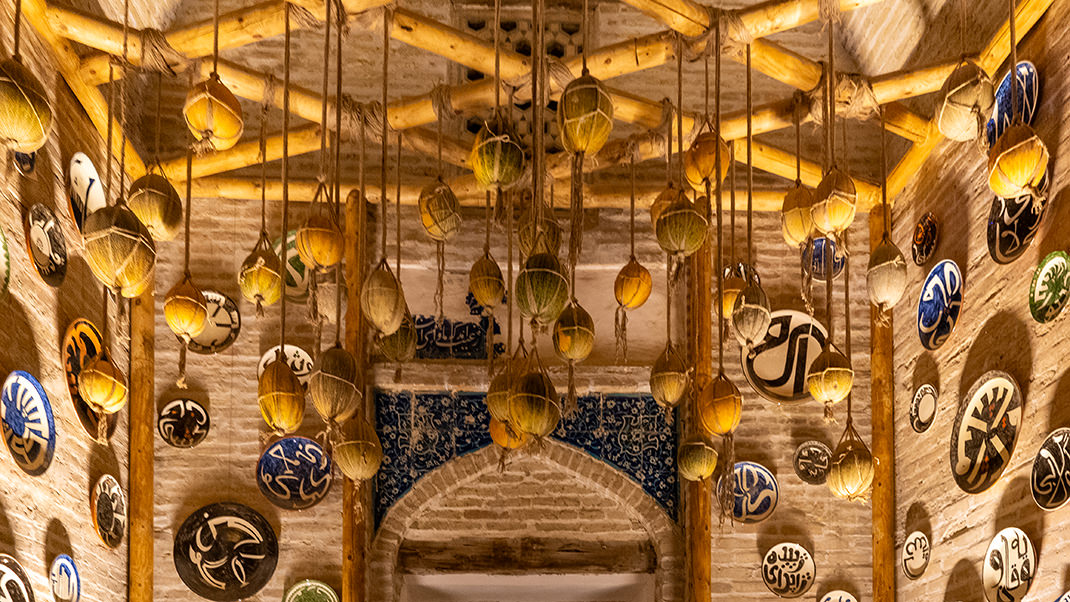
The biennial runs from September 5 to November 20. The exhibition venues are open Tuesday to Sunday from 10:00 to 20:00. Admission to all sites is free.
I traveled to Bukhara from Tashkent by Sharq train. The fare was 246,040 Uzbek soms, and the journey took about five and a half hours.
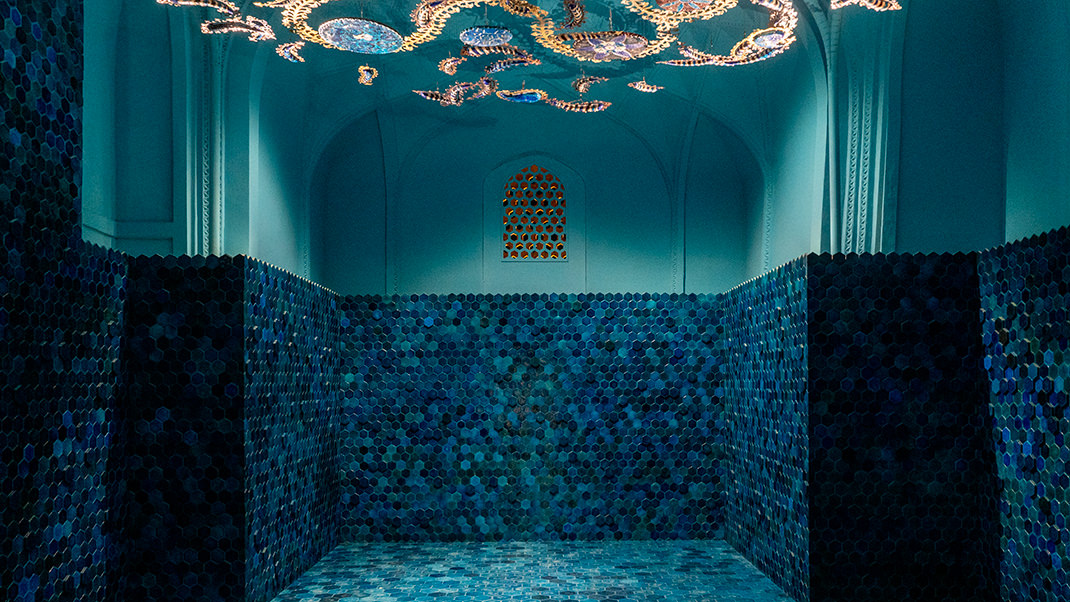
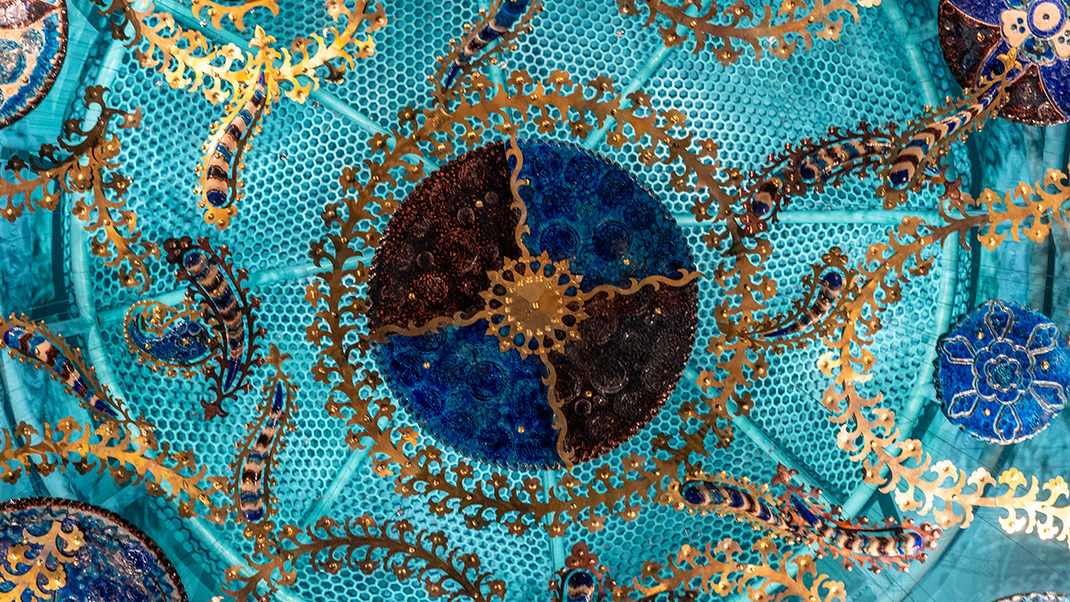
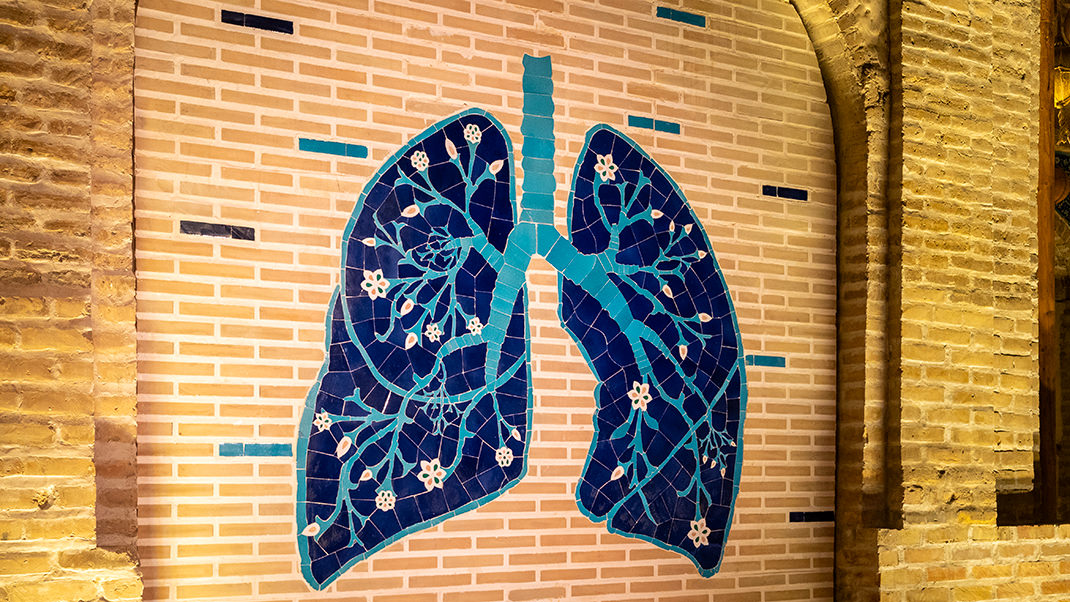
The easiest way to get around Bukhara is by taxi—the city is small and fares are low. The Yandex Go app operates here (they accept cash or international cards). You can find a guide to Bukhara on Viator, and book a hotel on Trip.com.
I arrived in the city quite late and started my walk around 18:00, so I saw some installations after dark. In my opinion, the exhibition spaces look even more interesting in the evening than during the day.
Biennials are usually held every two years, so there’s a chance this event will become a regular one.
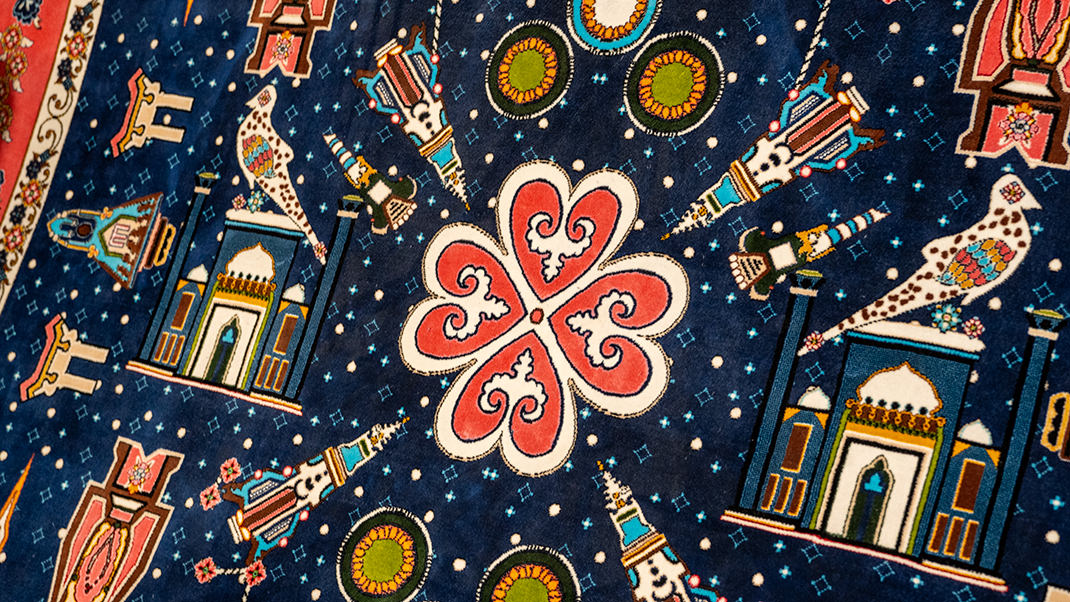
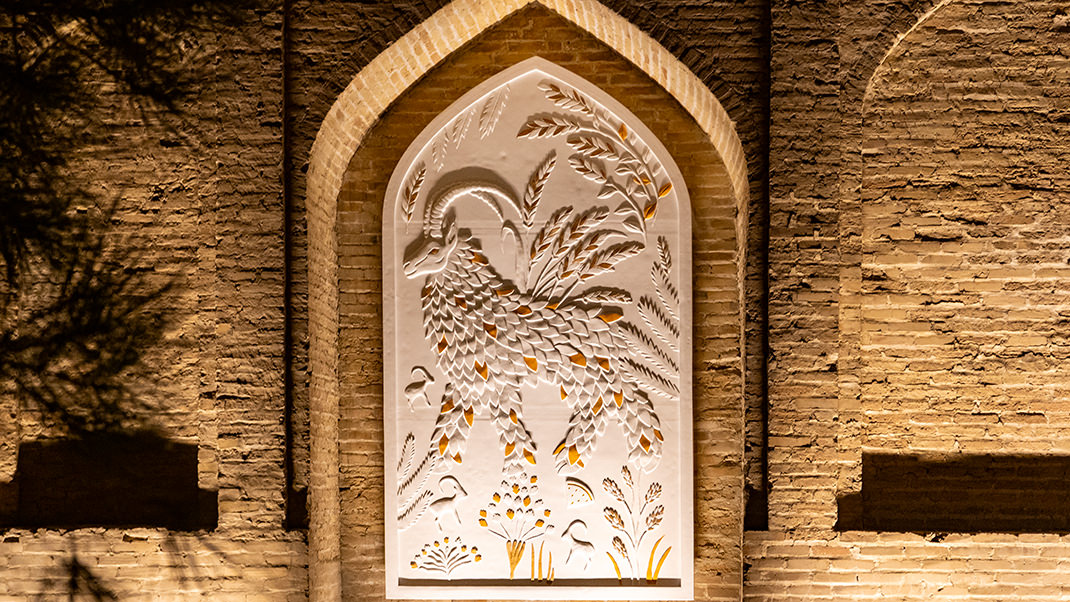
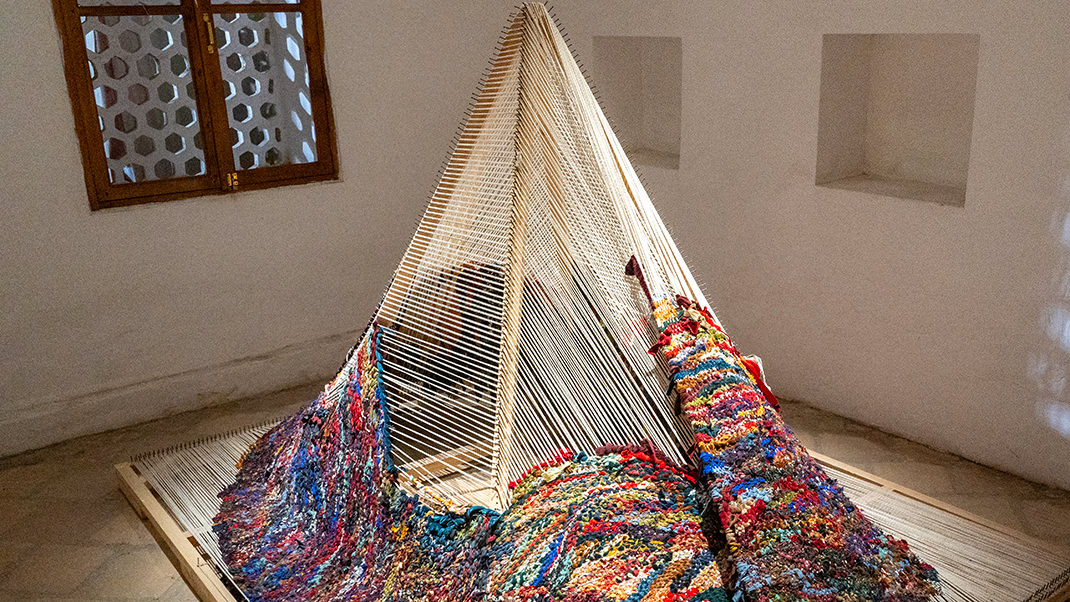
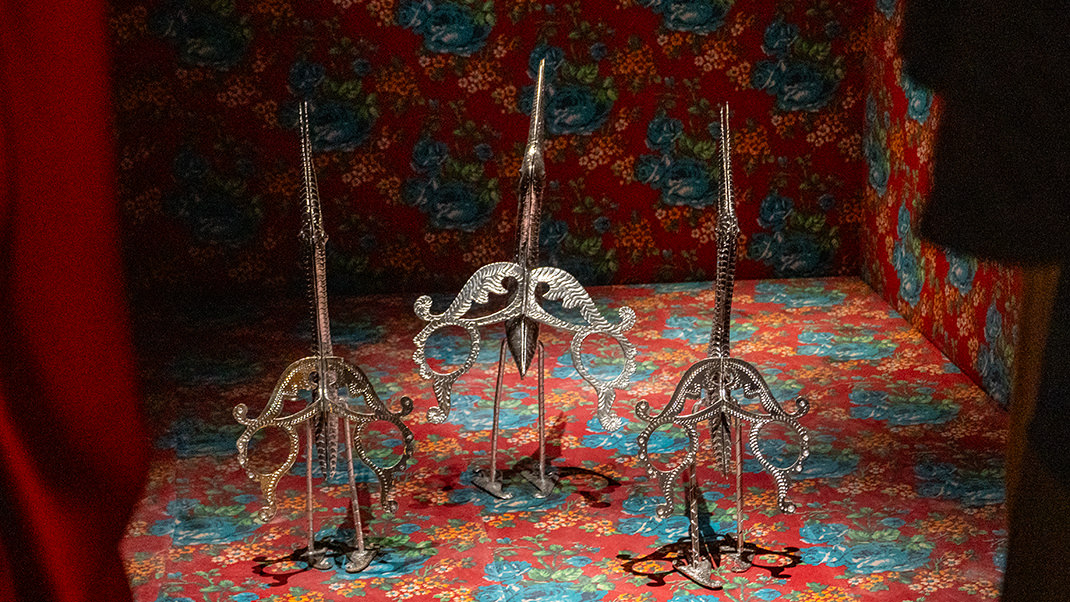
If you’re planning a trip to Bukhara, you can find a selection of sights and a city overview route on a special page of my blog.
Happy travels!


